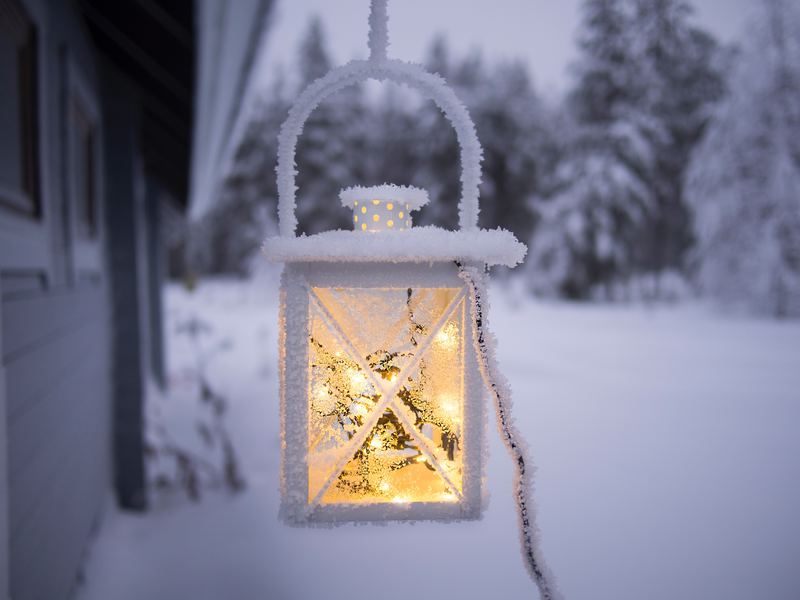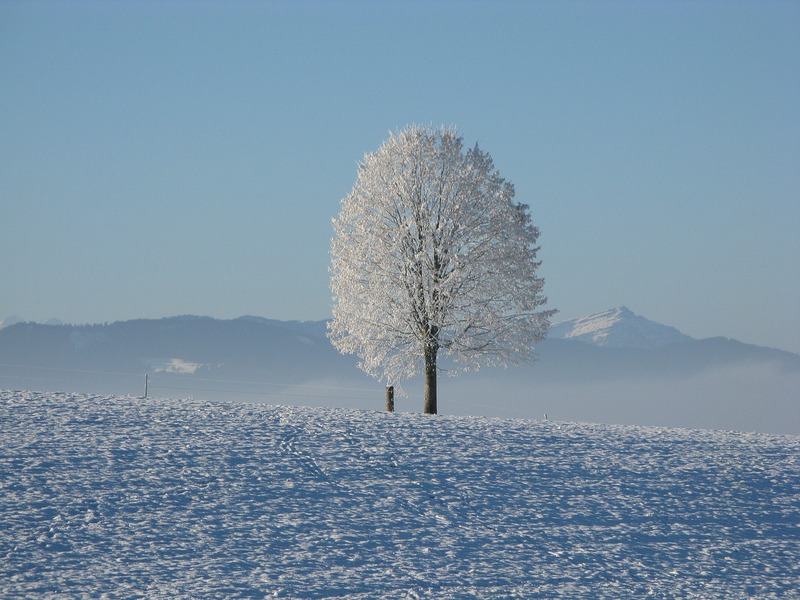Tips for Dealing With Snow in Your Garden and Landscaping

Tips for Dealing With Snow in Your Garden and Landscaping
Now that we are coming in to the colder parts of the year, it’s time to talk about snow. Some parts of the country are already receiving snowfall, and there are some important steps to take for your own landscaping when you receive some.
For those of you with more delicate plants, trees and shrubs, or plants that you want to showcase throughout the colder months, you will want to take some steps to make sure your gardens and landscaping are taken care of in the event of snow.
Should You Remove the Snow From Your Plants and Trees?

First, let’s talk about whether or not you should try to remove the snow from your plants and trees.
Actually, you really don’t need to remove snow from most of your greenery and other plants if you don’t want to. Snow actually gives you a nice, extra layer of insulating mulch and warmth whether it’s an inch or two or several feet.
One thing to keep in mind is that if you use a snow plow around your plants, it could cause them some serious damage. Most of the damage that comes to your plants is from man made machines like snow plows, snow blowers, and shovels.
When snow is blown around mechanically or pushed around with a shovel, it becomes much more dense and slower to melt than regular snow. This can become too heavy for shrubs and other plants, and could cause permanent damage.
As for trees, you should definitely consider removing snow from particularly small and delicate branches. If you have a newer, younger tree or one that is just a little smaller in size, snow can weigh down and even break off the branches and cause quite a bit of damage to them.
It’s also very important that you remove the snow from the roof of your house as well. This will keep your home safe, especially if you have a huge amount of snow and ice, and it will stop it from coming down on the shrubs below as well.
How to Remove Snow From Your Plants and Trees

If you are worried about the safety of your outdoor plants and trees, removing the snow is definitely an option as long as you do it carefully and safely.
One recommendation we have is that if you are going to remove the snow from your garden and landscaping, you should make sure to do it regularly. For every few inches that accumulate, you should make sure it’s cleared out before more comes down.
Also, be careful about ice, especially when it comes to your trees. Typically you will want to avoid removing ice from trees, as it could cause the branches to break and damage the tree. For your own safety, never remove snow and ice from overhead branches to avoid a branch falling on you and causing an injury.
There are a few ways you can remove the snow.
One option is using either your hands or a broom. You simply sweep gently in an upward motion, which will loosen up the snow and cause it to fall on it’s own. We don’t recommend sweeping downward, because it could cause an already brittle and stressed branch to break.
Using a broom or your hands, GENTLY sweep in an upward motion, loosening the snow and allowing it to fall. Don’t sweep downward, as you might break an already bent branch, and don’t shake the plant. The branches will be very brittle and already stressed, so disturb them as little as possible.
Another option is taking warm water from a hose to melt ice. This is especially recommended if you are dealing with special, delicate plants. Don’t use especially hot water as this could shock branches and plants.
How to Avoid Damage to Your Plants

If you are anticipating snow but it hasn’t happened yet, here are some tips for minimizing the damage that could happen.
For plants that are in containers, move them to underneath a porch or shed for the actual snowfall. This will keep freezing water from expanding in the container and breaking them.
With plants and shrubs that cannot be moved, consider using plant netting to tie up their branches to prevent them from being broken by snow or misshapen. We recommend tying them up into a cone shape to deflect the snow off to the side.
While salt can be useful for removing snow and ice from the road, driveways, and sidewalks, it is really not good for your plants. Salt can actually cause damage to both your grass and plants, so consider using sand instead.
Try reducing the amount of foot traffic that your grass will receive as well. Snow and ice covered grass is much more fragile and easily uprooted than your grass on a normal day.
Our Final Thoughts on Snow in Your Landscaping
We hope you found our guide to dealing with snow helpful for your garden and landscaping. As long as you take note of the plants you have and take care of them properly, you should have no issues with the weather!





